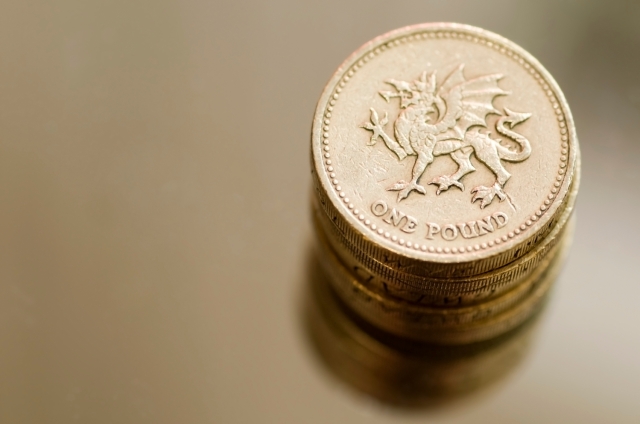Posts Tagged ‘Pound Coin’
New pound coin enters production…
The new 12-sided pound coin has gone into production today – a year before it will reach circulating change and the pockets of the public…
The new 12-sided pound coin gone into production today – a year before it will reach circulating change and the palms of keen collectors.
Here's the new £1 coin, designed by 15 year old David Pearce & featuring a symbol from each nation pic.twitter.com/N73BQHmSH7
— George Osborne (@George_Osborne) March 18, 2015
The coins have started rolling off the production line at a rate of more than 4,000 a minute as Chancellor George Osborne announced they will enter circulation in March 2017.
The current £1 will be replaced after more than 30 years due to its vulnerability to counterfeiters – approximately one in every 30 £1 coins in circulation is now a counterfeit. The Government have claimed that the new coin, which was announced at Budget 2014, is going to be the world’s most secure coin in circulation.
When the new coin is introduced, there will be a six-month crossover period when the current round pound coins and the new pound coins are both in circulation at the same time.
While the shape of the new coin will evoke the pre-decimalisation period, it masks cutting-edge anti-forgery technology. The Royal Mint says the new pound will combine three features to make it the most secure coin in the world. It uses two colours of metal, has 12 sides and includes the Royal Mint’s anti-counterfeiting technology, adapted from banknotes and embedded in coins for the first time.
The Royal Mint will work with businesses during the introduction phase of the new coin and an awareness and education campaign is planned to help ensure a smooth transition to launch next year.
To find out more about the new £1 coin and its design – click here
You can add a truly vintage British coin to your collection – the very coin that inspired the new £1 coin design – the King George VI Thrup’nny Bit.
The £1 coin – thirty years old and still going strong
Whether routing through our purses, pockets or piggy banks, the one coin we’re always pleased to see is the £1. Incredibly, despite our reliance on plastic, phone payments and online banking, the £1 coin still plays a part in our daily lives, just as it did 30 years ago.
Why do most of us like it so much?
Introduced on 21st April 1983, the new £1 coin was an instant hit (although the Iron Lady herself, then PM, was said to dislike it). Big, bright and reassuringly chunky, it was built to last a lot longer than the paper pound note. A whole 40 years compared to a paltry nine months. It was also considered more practical for supermarket trolleys, parking meters and vending machines.
Not the real deal
Today there are an estimated one and a half billion £1 coins in circulation in the UK, according to The Royal Mint who struck them all. True to their word, original 1983 coins still turn up regularly in our change. On the down side, they’re easy to fake. It’s estimated that as many as 1 in every 35 are counterfeits.
Less for your money
During the last thirty years, the coin itself has had no less than 21 new reverse designs and 3 different portraits of the Queen. What it can actually buy you has also changed over time. According to the Office for National Statistics, a loaf of bread cost on average 38p in 1983. Thirty years later, that same loaf costs over three times as much. A pint of milk that was 21p back in ’83 has now more than doubled to 46p.
There have been changes to the way people pay for their shopping too. According to figures from the Payments Council, in the 1980s, cash accounted for 86% of payments in the UK, but by 2011 this had dropped to just 55%.
Whether the £1 coin will still be with us in another 30 years remains to be seen. For the time being though, it looks set to stay – a true British numismatics treasure.


